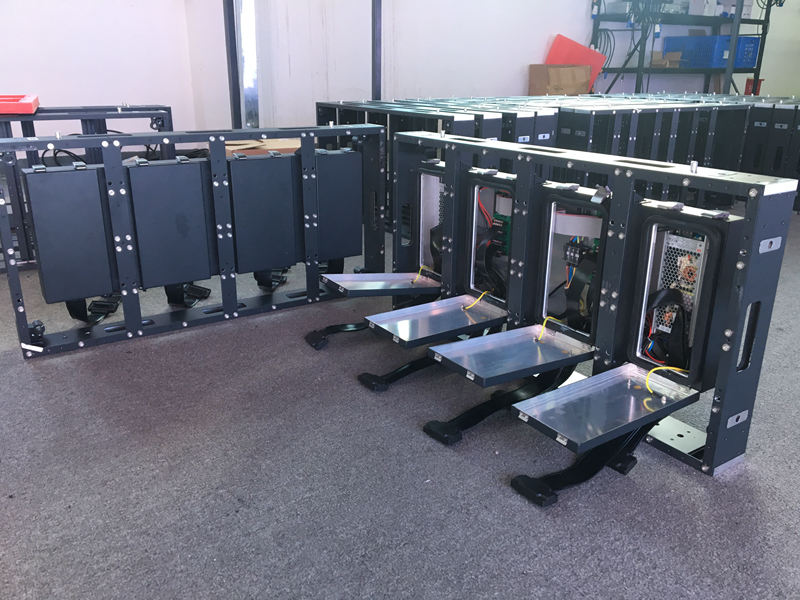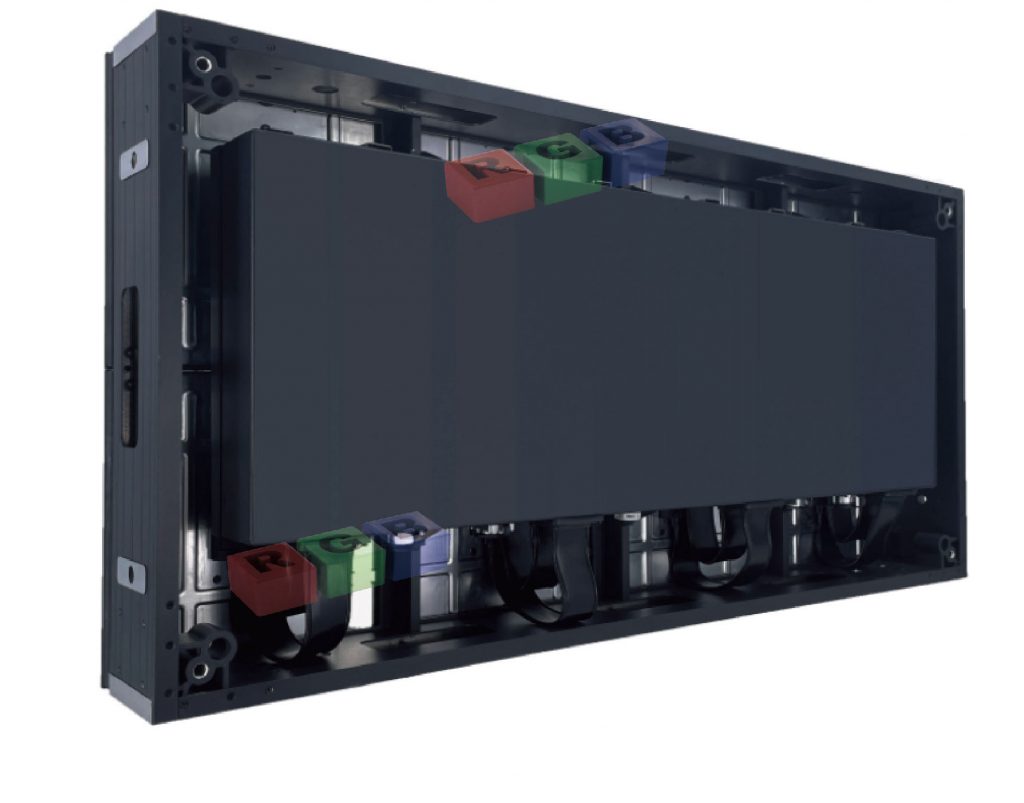Understanding P2.5 LED Display Prices: Factors and Considerations
As digital displays become increasingly integral to advertising and communication strategies, understanding the price dynamics of P2.5 LED displays is crucial for businesses and organizations. P2.5 LED displays, known for their high resolution and exceptional image quality, are a popular choice for various applications. This article delves into the factors affecting the price of P2.5 LED displays, helping buyers make informed decisions.

Key Factors Influencing P2.5 LED Display Prices
- Resolution and Pixel Pitch: The pixel pitch, which for P2.5 LED displays is 2.5mm, directly impacts the resolution and clarity of the display. Higher resolution displays typically cost more due to the increased number of LEDs required. The fine pixel pitch of P2.5 displays makes them suitable for high-quality, close-up viewing, but this precision comes at a higher price point compared to displays with larger pixel pitches.

- Display Size: The overall size of the LED display significantly influences the cost. Larger displays require more materials and labor, leading to higher prices. Whether it’s for a small retail space or a large event backdrop, the display size must be chosen based on the intended application and viewing distance.
- Installation and Mounting: Installation costs can vary depending on the complexity of the setup. Factors such as the type of mounting system, the structural integrity of the installation site, and the need for professional installation services contribute to the overall price. Easy-to-install modular designs might offer cost savings in this area.
- Brightness and Refresh Rate: Higher brightness levels and refresh rates enhance the visual performance of LED displays, especially in environments with varying lighting conditions. Displays with superior brightness and higher refresh rates typically come at a premium. For applications requiring vivid and smooth visuals, investing in these features is essential.
- Quality and Brand: The brand and quality of the components used in the P2.5 LED display also affect the price. Reputable brands that use high-quality materials and offer reliable warranties might have higher upfront costs but provide better long-term value through durability and performance.
- Customization and Additional Features: Customization options, such as unique shapes, sizes, or interactive capabilities, can increase the price. Additional features like weatherproofing for outdoor use, touch interactivity, and advanced control systems also contribute to the overall cost.
Making Informed Decisions
When considering the purchase of a P2.5 LED display, it’s essential to evaluate the specific needs of your application. Here are some tips to make an informed decision:
- Assess Your Requirements: Clearly define the purpose and location of the display. Determine the optimal size, brightness, and resolution needed for effective communication with your target audience.
- Compare Quotes: Obtain quotes from multiple suppliers to compare prices and features. Ensure that the quotes include all associated costs, such as installation and maintenance.
- Consider Total Cost of Ownership: Look beyond the initial purchase price. Consider the total cost of ownership, including energy consumption, maintenance, and potential replacement costs. Energy-efficient and durable displays might have higher upfront costs but lower long-term expenses.
- Check Warranties and Support: Choose suppliers that offer comprehensive warranties and reliable customer support. This ensures peace of mind and assistance in case of any technical issues.
Conclusion
Understanding the factors that influence the price of P2.5 LED displays helps businesses make informed purchasing decisions. By considering aspects such as resolution, size, installation, brightness, quality, and customization, buyers can select the right display that meets their needs and budget. Investing in a high-quality P2.5 LED display can significantly enhance visual communication and engagement, providing long-term value and impact.
